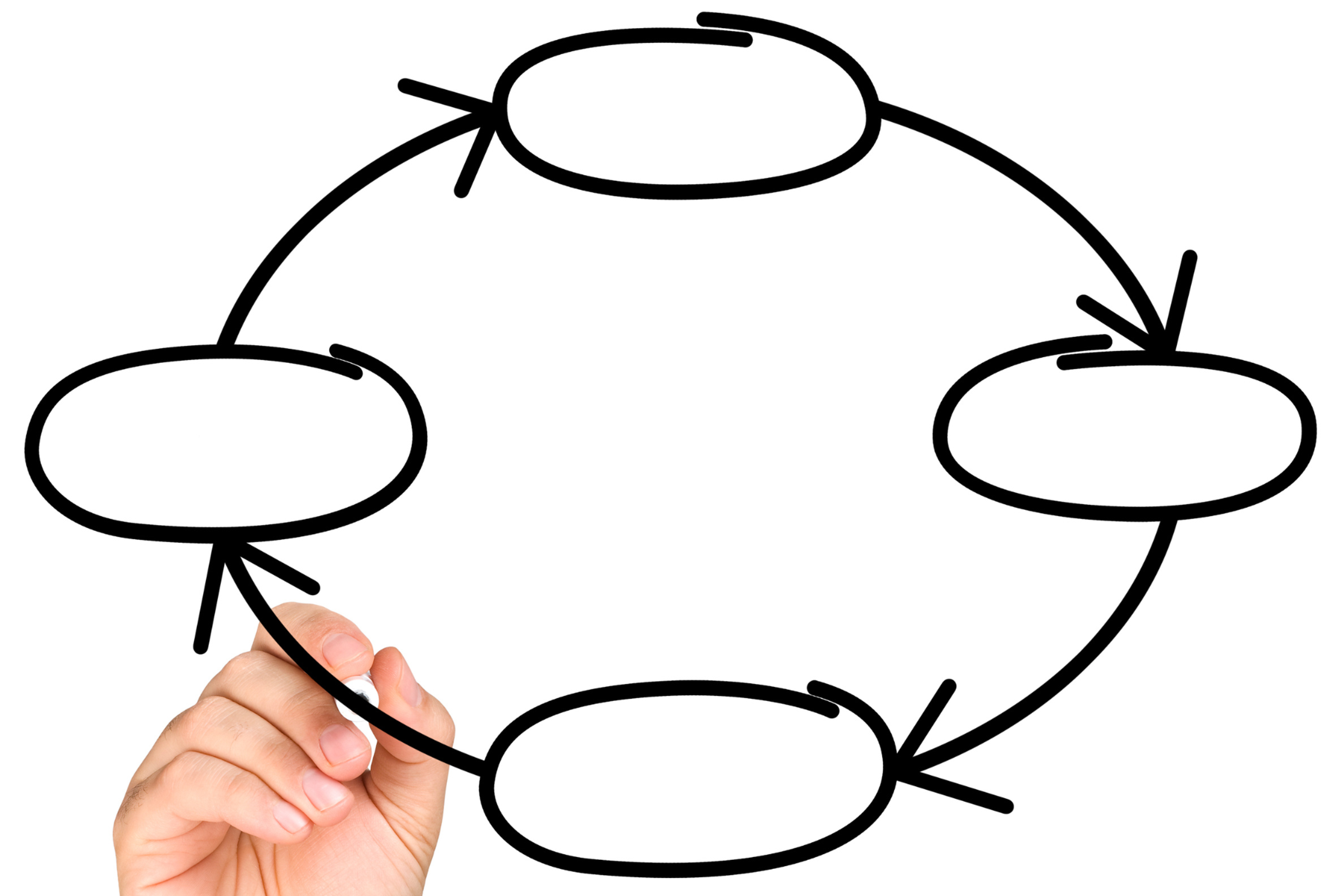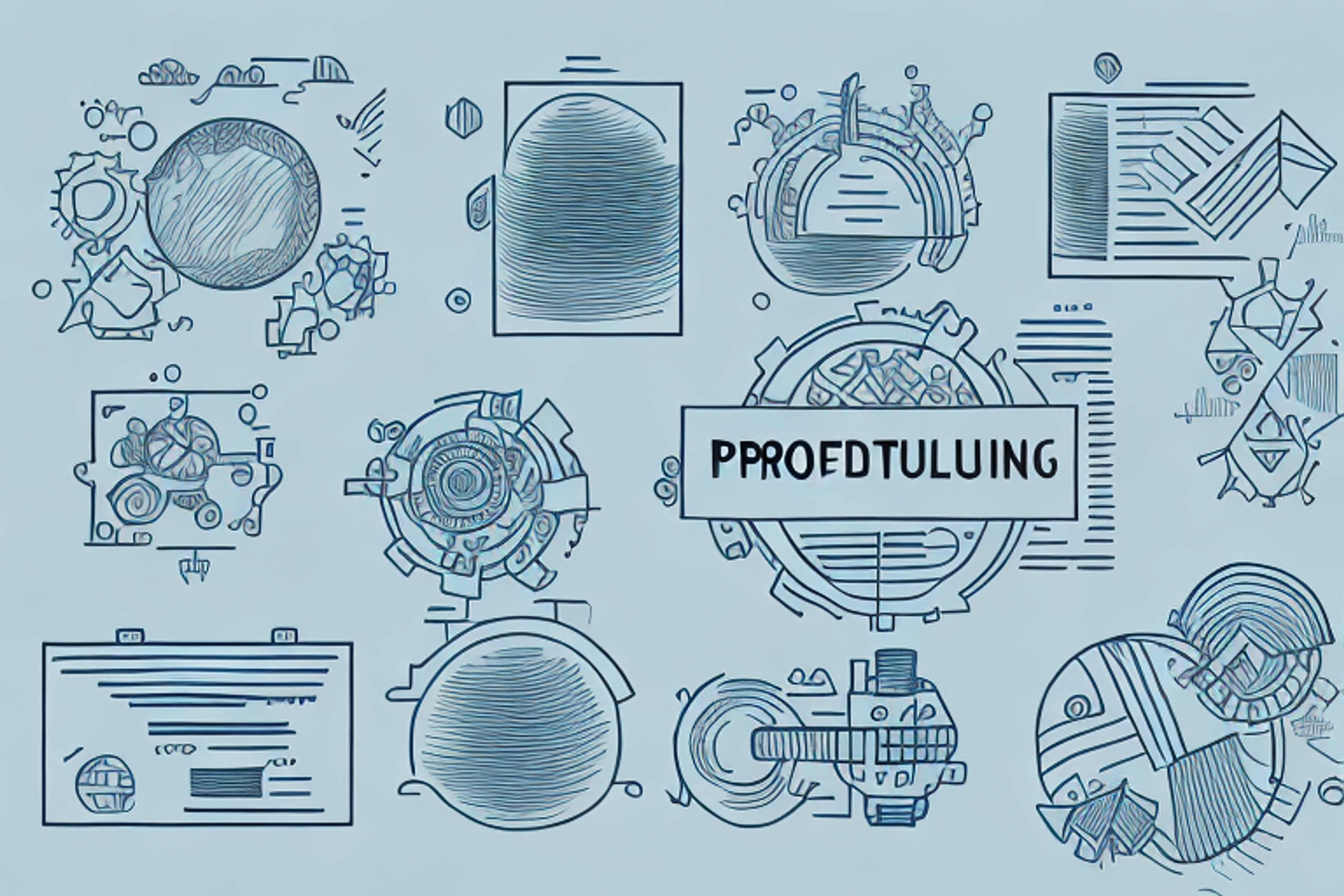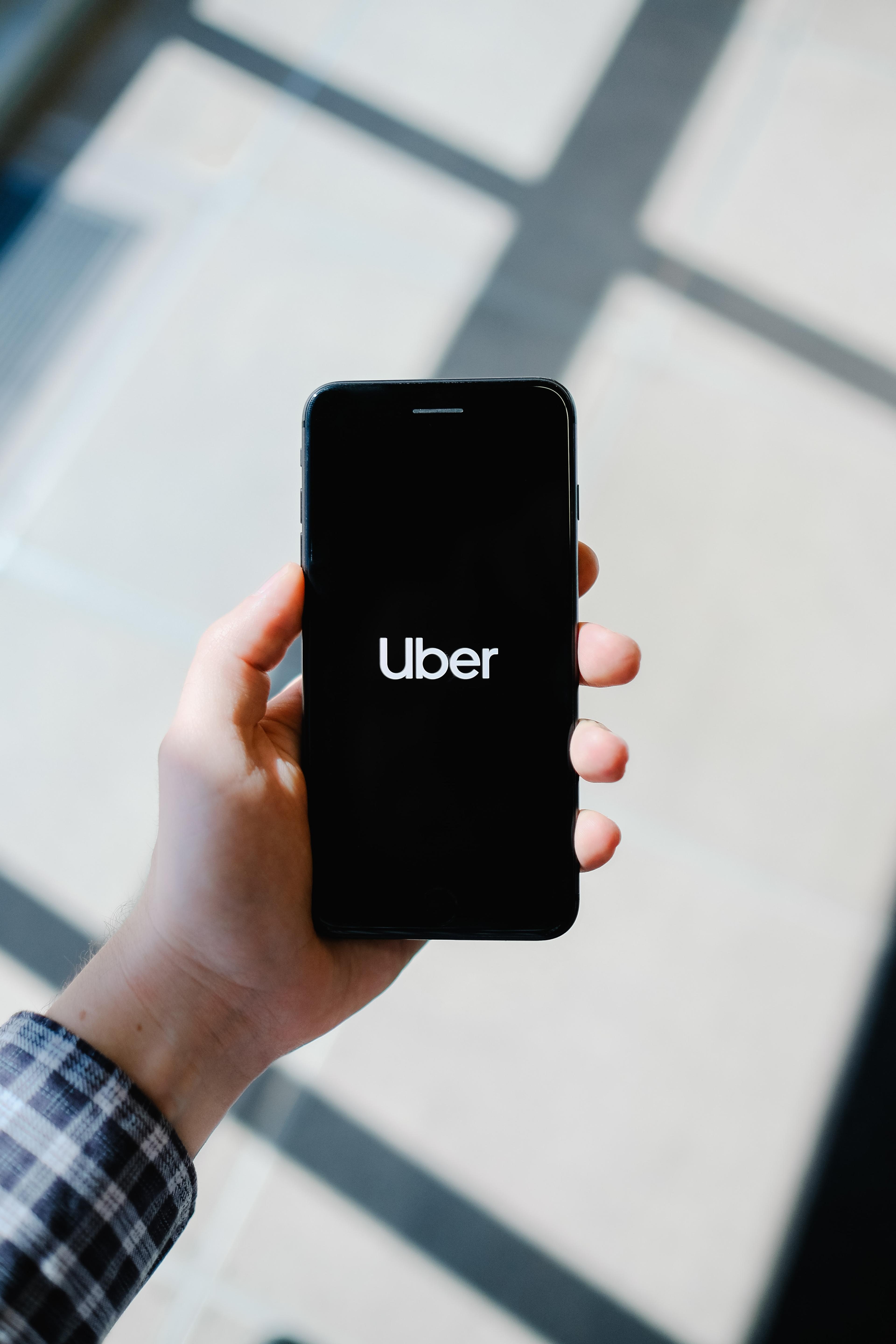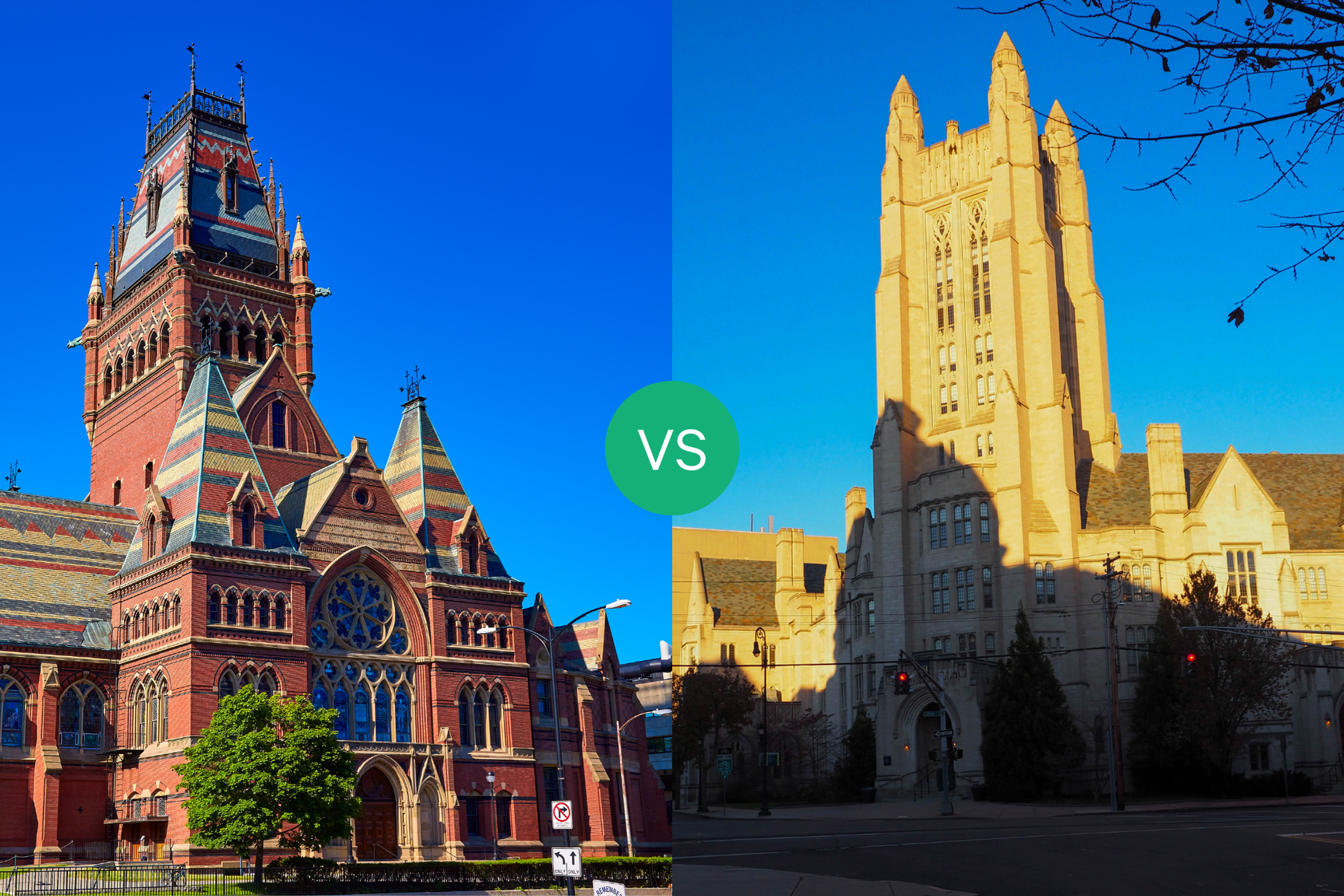MVP Vs Prototype: What's the Difference and Which One Should You Use?
Learn about the key differences between MVP and Prototype and find out which one is the best fit for your project.
Posted June 13, 2025
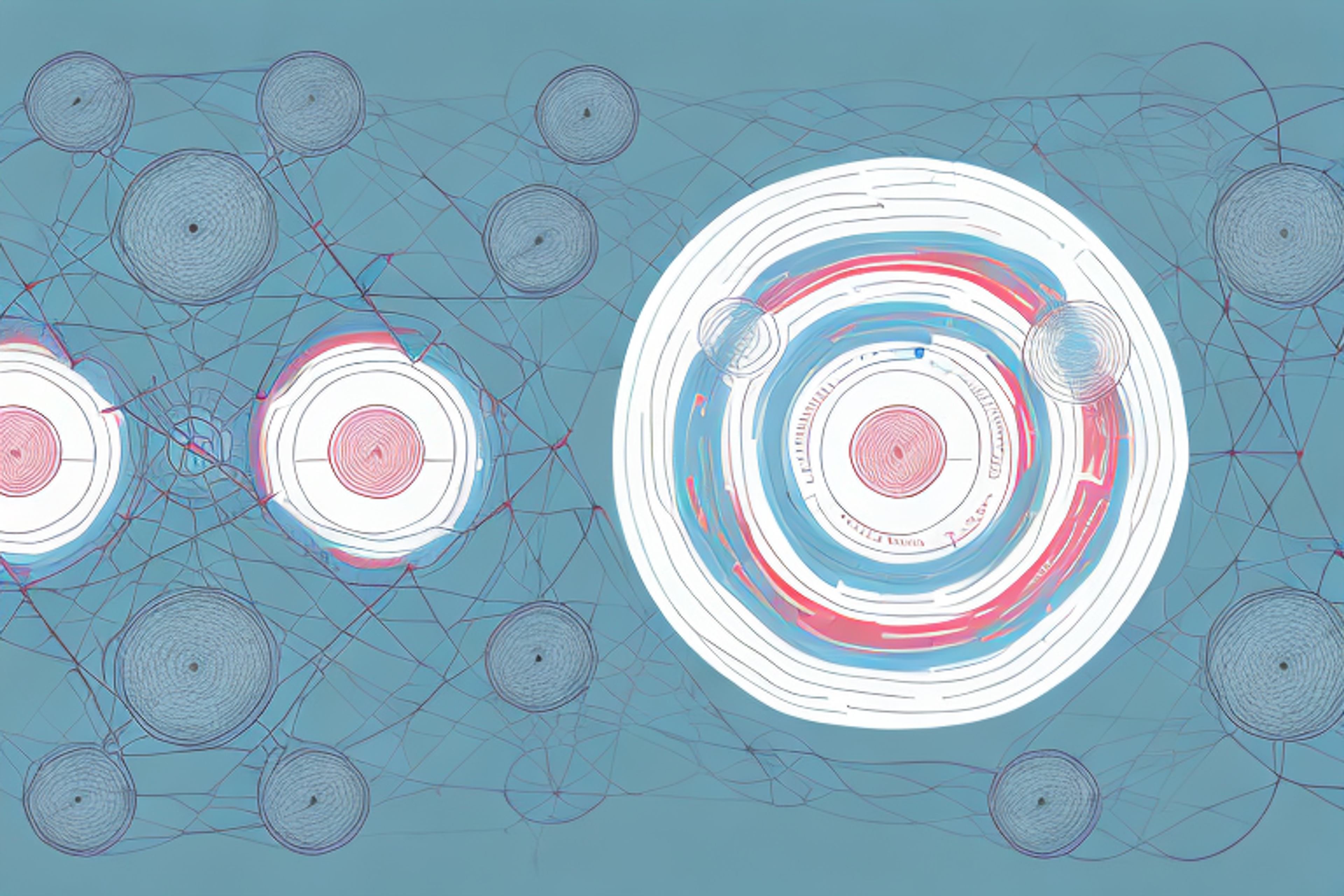
Table of Contents
When developing a new product, it can be overwhelming to figure out which approach to take. One common decision is whether to use an MVP (Minimum Viable Product) or a prototype. Both approaches have their benefits and drawbacks, so it is important to understand the basics and make an informed decision. In this article, we will delve into the differences between an MVP and a prototype, and when to use each approach.
Understanding the basics: What is an MVP and what is a prototype?
An MVP is a product with just enough features to satisfy early customers and gather feedback for future development. The goal is to validate assumptions and test market demand without investing too many resources in a full product. On the other hand, a prototype is a preliminary version of a product used for testing and experimentation. It is often a non-functional mockup or model that tests how users interact with the design and gathers feedback for further development. The main difference between the two is that an MVP is a functional product with limited features, while a prototype is a non-functional design with limited features.
When it comes to developing a new product, both MVPs and prototypes play a crucial role in the process. An MVP allows you to test the market and gather feedback from early adopters, which can help you refine your product and make it more appealing to a wider audience. A prototype, on the other hand, allows you to test the design and user experience before investing in the development of a fully functional product.
It's important to note that while an MVP is a functional product, it may not have all the features that you plan to include in the final version. This is because the goal of an MVP is to test the market and gather feedback, not to create a fully-featured product from the outset. Similarly, a prototype may not be fully functional, but it should give you a good idea of how users will interact with your product and what changes you need to make to improve the user experience.
Benefits of using an MVP for product development
An MVP is a great approach for startups or new products that need to validate assumptions and test market demand. By creating a functional product with just enough features to satisfy early customers, you can reduce risk and save resources. You can gather feedback from early adopters and pivot or improve the product before investing too many resources. This approach can also attract investors or early adopters by showcasing a product that solves a real problem.
Another benefit of using an MVP is that it allows for faster time-to-market. By focusing on the core features that solve the most pressing problem, you can launch your product sooner and start generating revenue. This can be especially important in industries where competition is fierce and being first to market can make all the difference.
Additionally, an MVP can help you prioritize features and avoid feature creep. By starting with a minimal set of features, you can focus on what's most important and avoid getting bogged down in endless feature requests. This can help you stay on track and deliver a product that truly meets the needs of your target audience.
Benefits of using a prototype for product development
A prototype is a great approach for products that need to test the design before investing too many resources into a functional product. Prototyping allows you to test how users interact with the design, identify pain points and usability issues. It can also help you determine the right features to include in the functional product. Prototyping is a cost-effective way to gather feedback and iterate quickly without the need for expensive development resources.
When to use an MVP vs when to use a prototype
The decision to use an MVP or a prototype depends on your product goals, budget, and resources. If you need to test market demand and validate assumptions, an MVP may be the way to go. If you want to test the design and gather feedback before investing in development, a prototype may be a better approach. It's also important to consider the stage of your product development and the target audience. If you are still validating assumptions, an MVP may be more suitable, while a prototype may be more suited for established products looking to improve their design.
Pros and cons of using an MVP
Pros: Reduced risk, early market validation, feedback-driven development, attract investors and early adopters.
Cons: Limited features, potential for negative feedback if the MVP is not well-received, can be difficult to define the minimum viable product.
Pros and cons of using a prototype
Pros: Cost-effective, quick iteration and testing, identify pain points and usability issues, determine the right features for the functional product.
Cons: Non-functional design, limited user testing, may not accurately reflect the final product once functional features are added.
How to create an MVP for your product idea
Creating an MVP involves defining the minimum viable product and identifying the key features that are necessary to satisfy early customers. Focus on the core benefits of your product and eliminate any unnecessary features. Use customer feedback and data to iterate and improve the product over time. It's also important to set clear goals and metrics for measuring success.
Steps to create a Prototype for your product idea.
To create a prototype, start by defining the user flow and user experience for your product. Determine the key pain points and test your design with mockups or wireframes. Gather feedback from users and iterate on the design. You can use software tools such as Sketch or Adobe XD to create digital prototypes, or physical materials such as paper or foam to create physical prototypes.
Differences in the design process between MVP and Prototype.
The design process for MVPs and prototypes differs in that MVPs focus primarily on the core features required to satisfy early customers, while prototypes focus on testing the design and user experience. MVPs generally require more development resources and a longer time to build, while prototypes can be created quickly and cost-effectively.
Cost differences between building an MVP and building a Prototype.
The cost of building an MVP vs a prototype can vary widely depending on the product and the resources required. MVPs generally require more development resources and a longer time to build, so they can be more expensive in terms of development costs. Prototypes, on the other hand, can be created quickly and cost-effectively using low-cost materials or tools. However, it's important to consider the long-term costs of each approach, as investing in a functional MVP may save costs in the long term.
Examples of successful products built with MVP and Prototype.
Many successful products have been built using both MVP and prototype approaches. Dropbox, for example, used an MVP approach to validate their assumptions and test market demand before investing heavily in development. Instagram, on the other hand, used a prototype approach to test their design before launching their functional app. Both approaches have been proven successful in different contexts and for different products.
Common misconceptions about building an MVP or Prototype.
One common misconception about building an MVP is that it requires sacrificing quality or features in order to save resources. However, the goal of an MVP is to create a product with just enough features to satisfy early customers, while still maintaining quality. Another misconception about building a prototype is that it may not accurately reflect the final product once functional features are included. However, a well-designed prototype can still provide valuable feedback on the user experience and interaction with the product.
Steps to validate your product idea before building either an MVP or a Prototype.
To validate your product idea, start by conducting market research and identifying potential customers. Gather feedback through surveys or interviews to understand their pain points and needs. Create a landing page or pre-launch campaign to gauge interest in your product. You can also test your product idea with a non-functional prototype or MVP before investing in development resources.
Tips on choosing the right approach for your specific product idea.
To choose the right approach for your product idea, consider your goals, budget, and resources. If you need to validate assumptions and test market demand, an MVP may be the right approach. If you want to test the design and gather feedback before investing in development, a prototype may be more suitable. It's also important to consider your target audience and the stage of your product development.
Conclusion: Which one should you use - An MVP or a Prototype?
The decision to use an MVP or a prototype ultimately depends on your specific product goals, budget, and resources. An MVP is a great approach for startups or new products that need to validate assumptions and test market demand, while a prototype is a great approach for testing the design and gathering feedback before investing in development. Ultimately, it's important to consider the stage of your product development and the target audience, and to use feedback-driven iteration to improve and refine your product over time.


